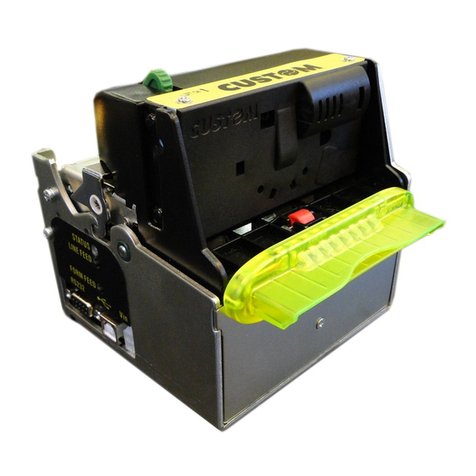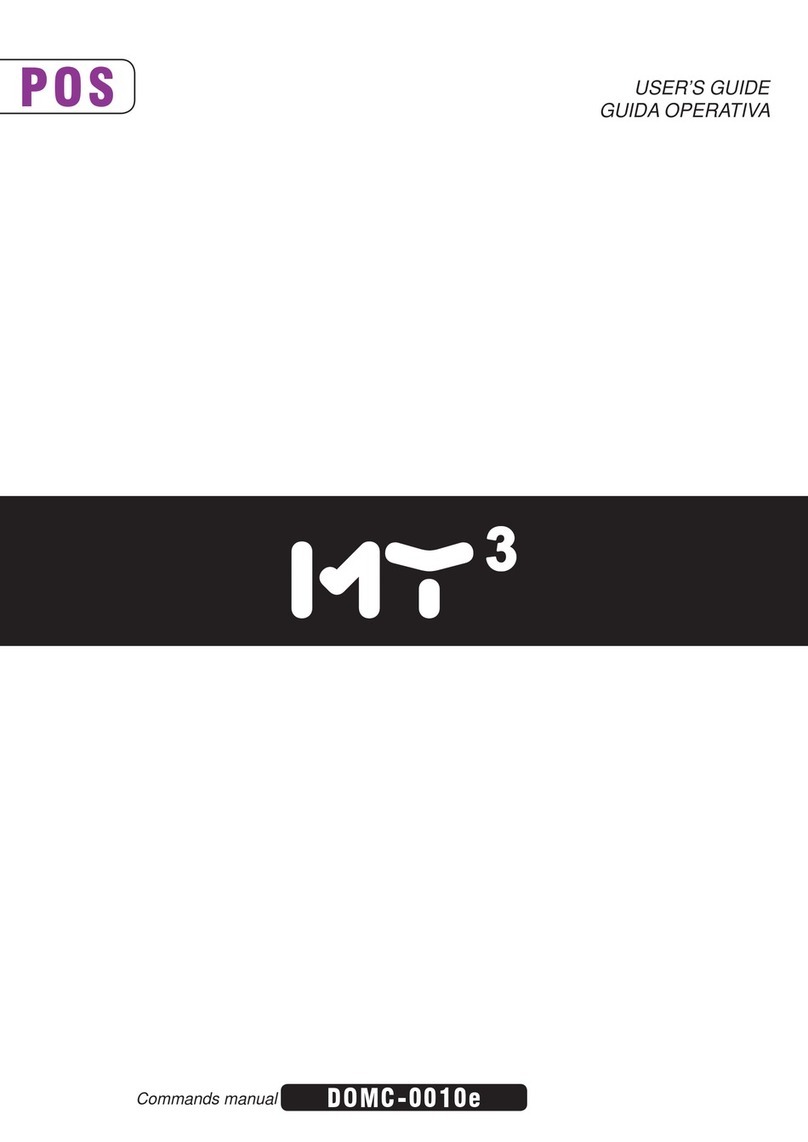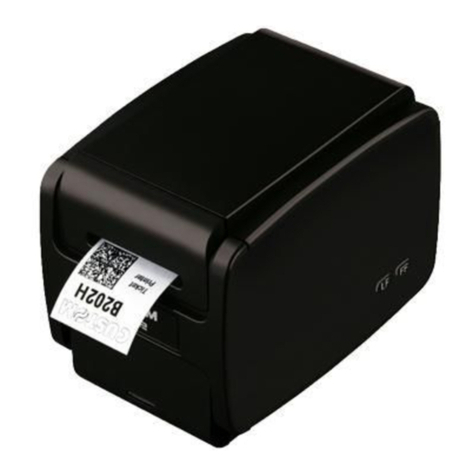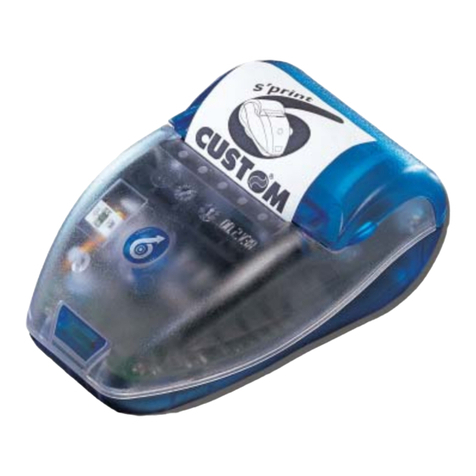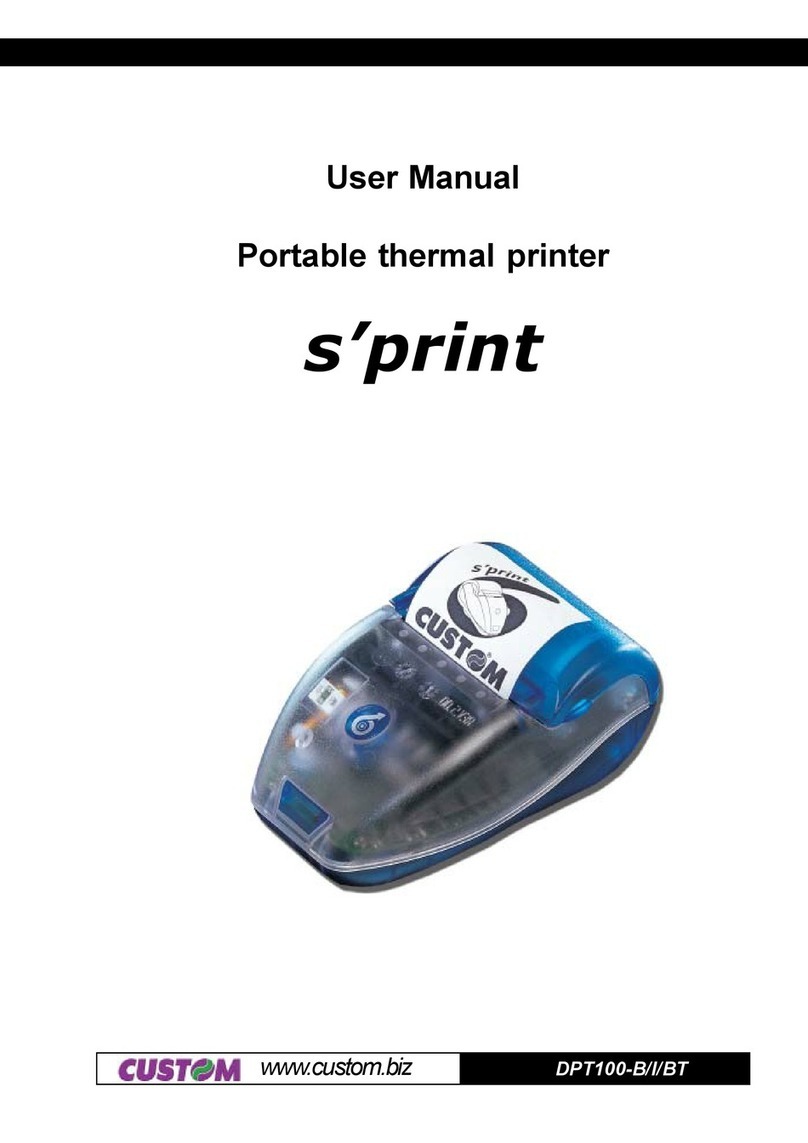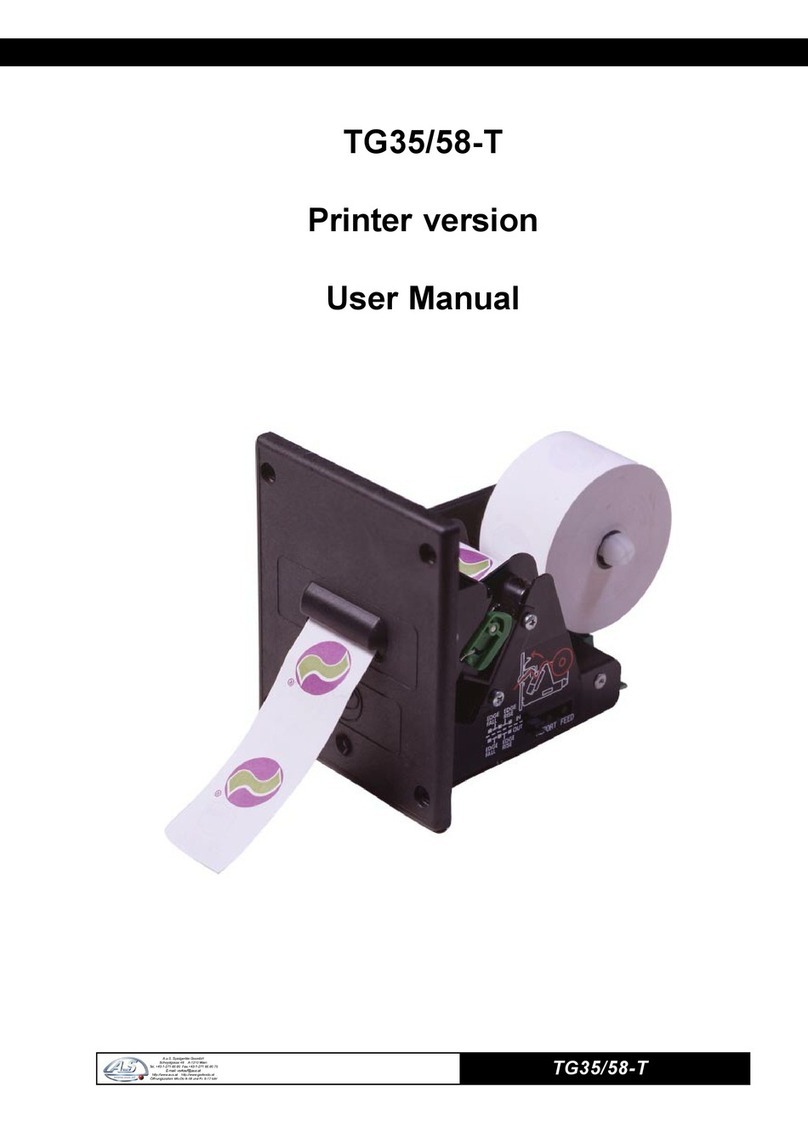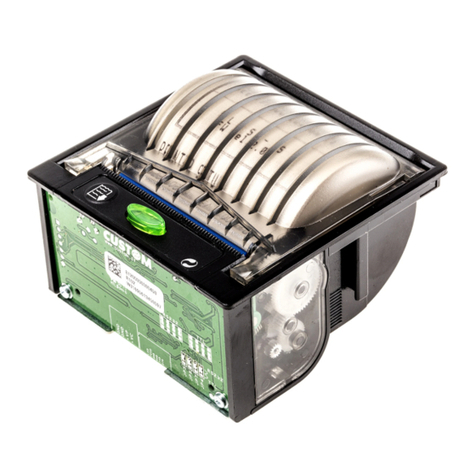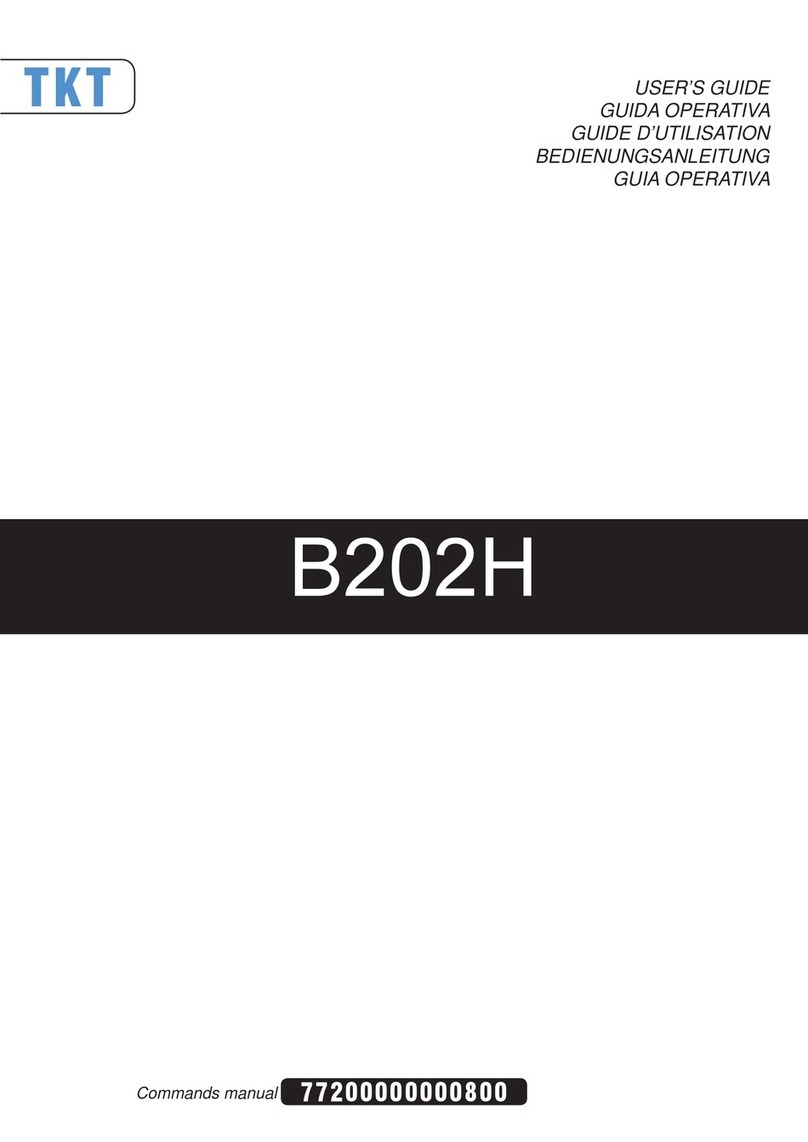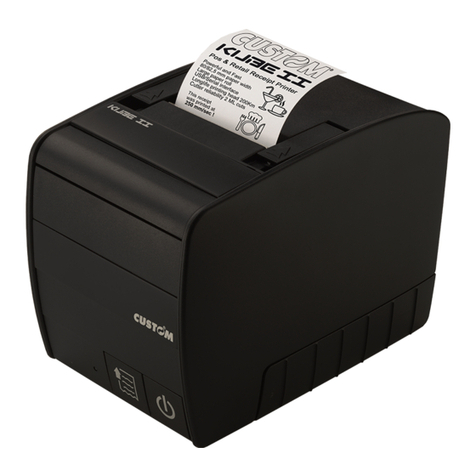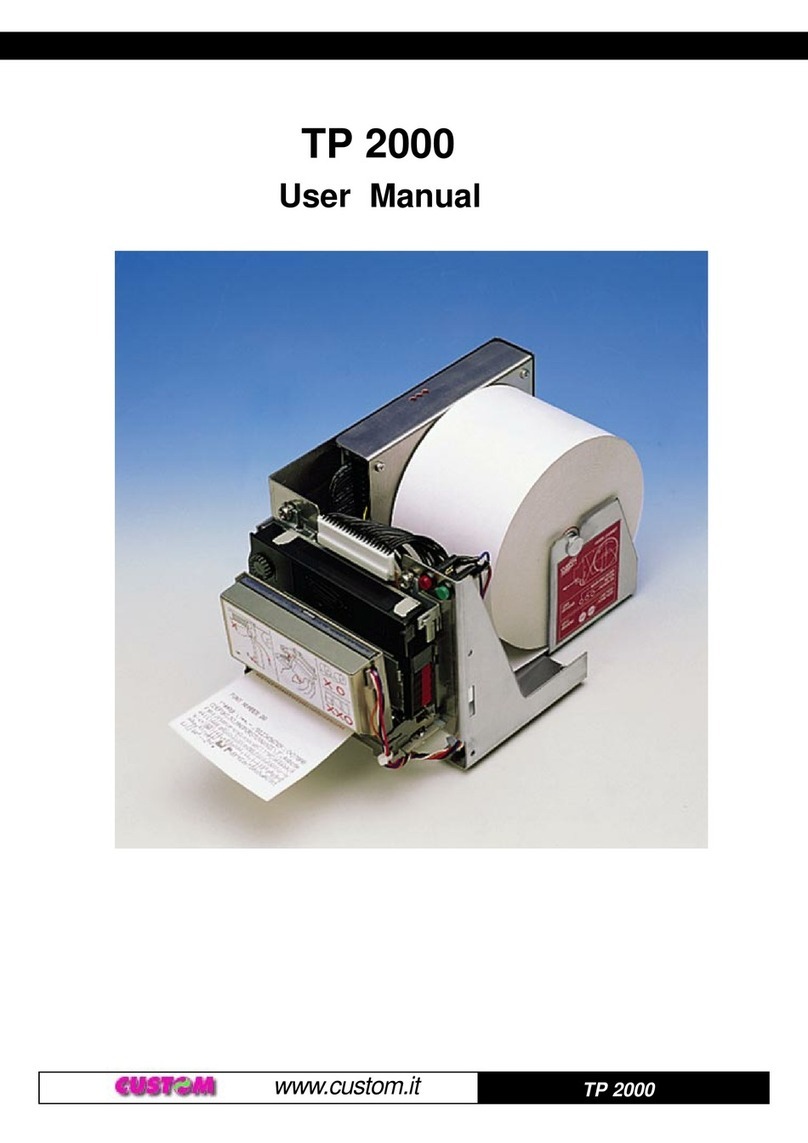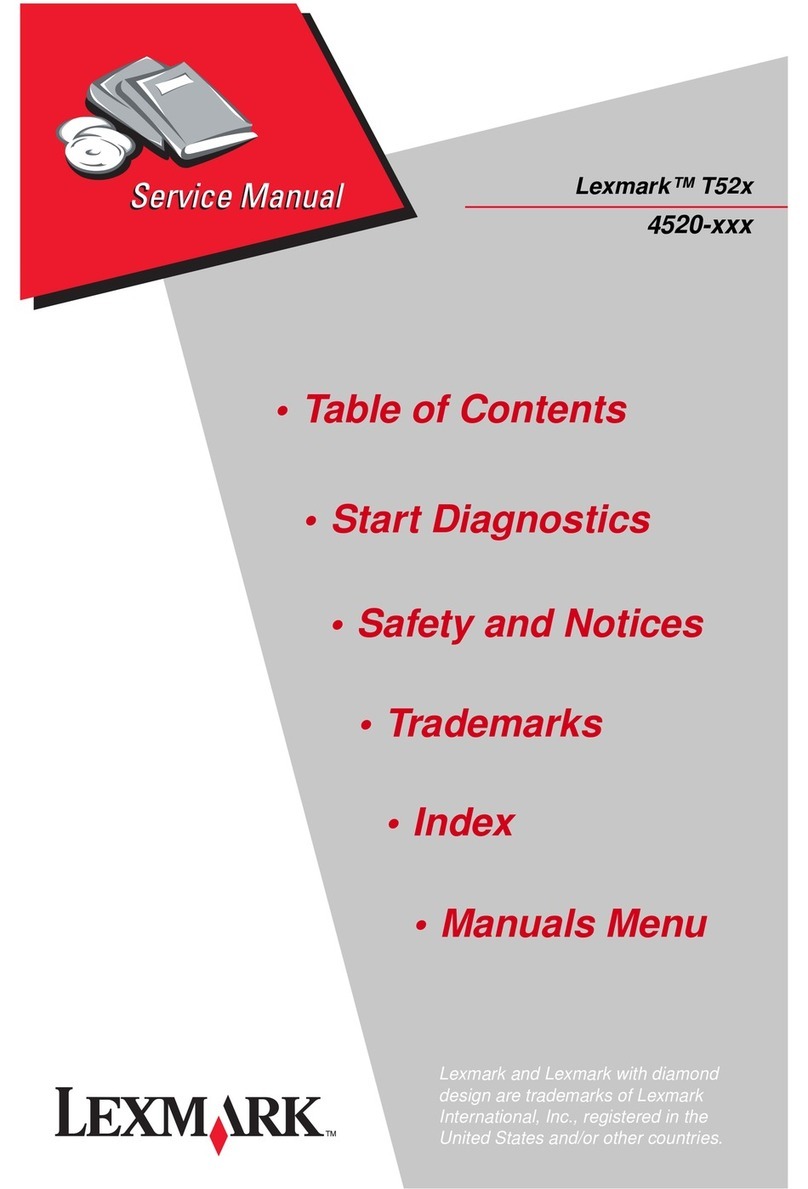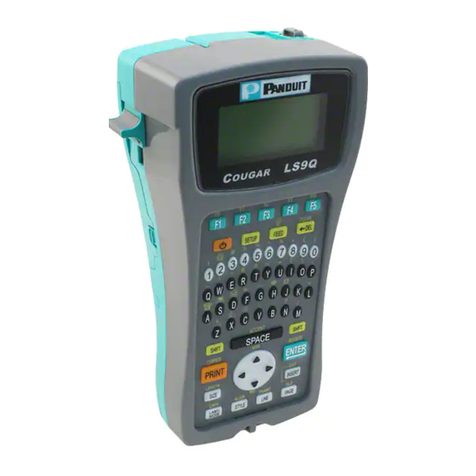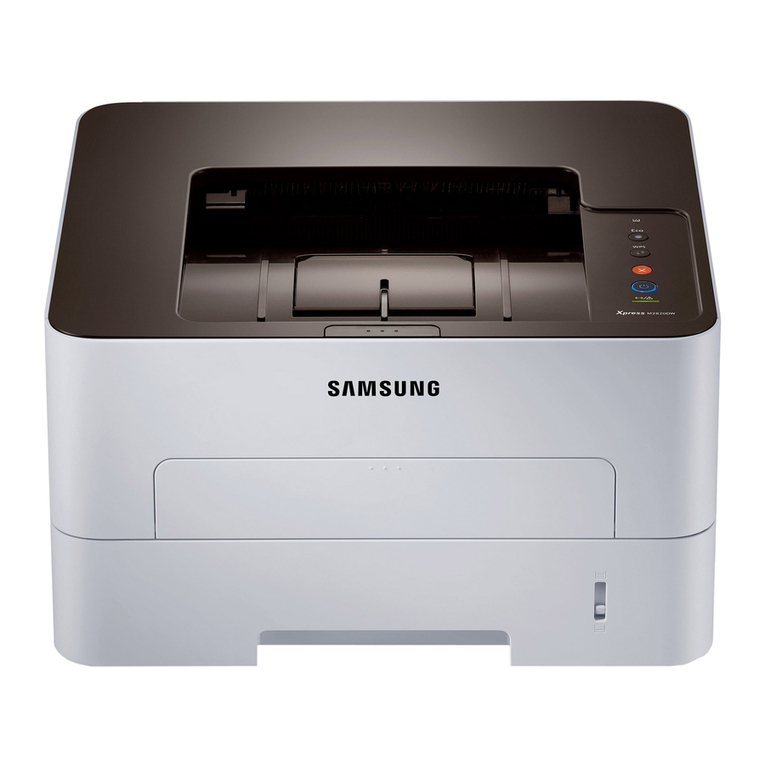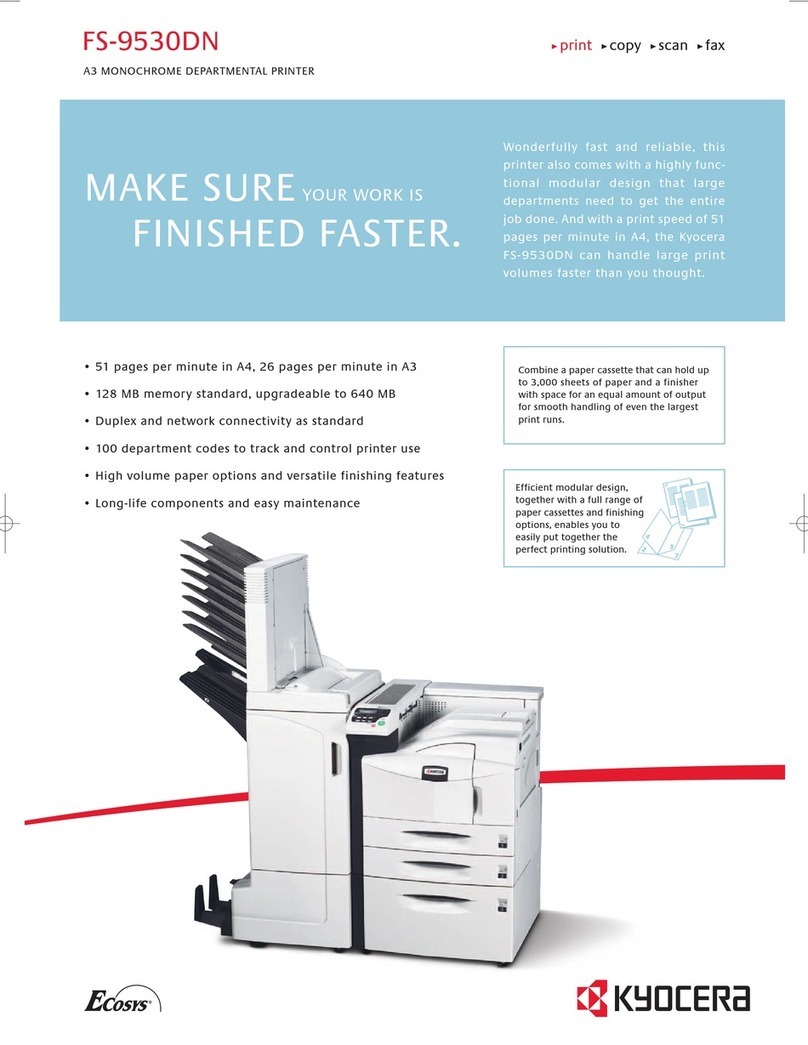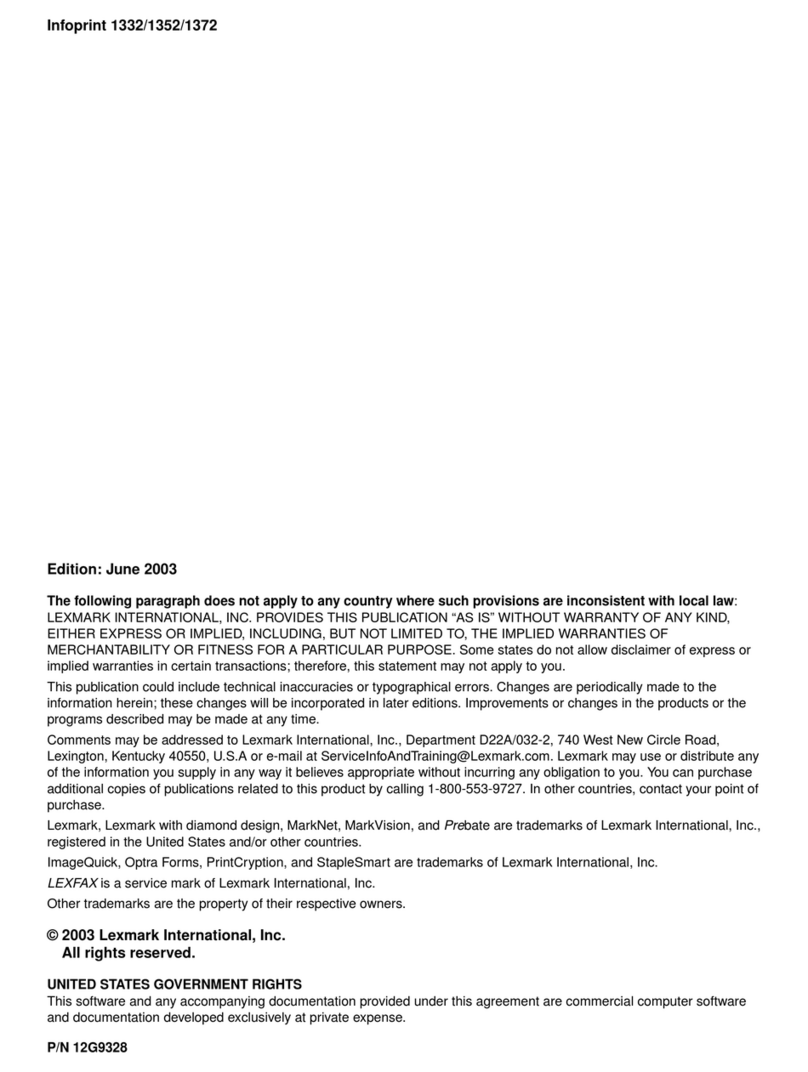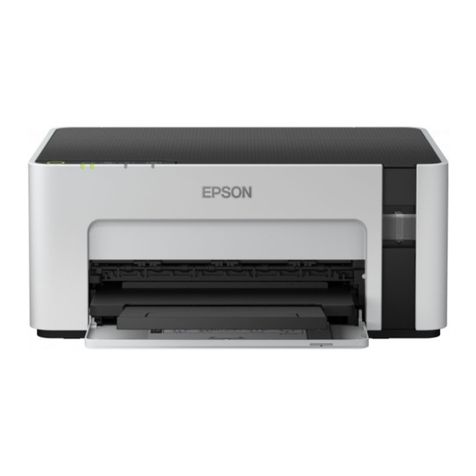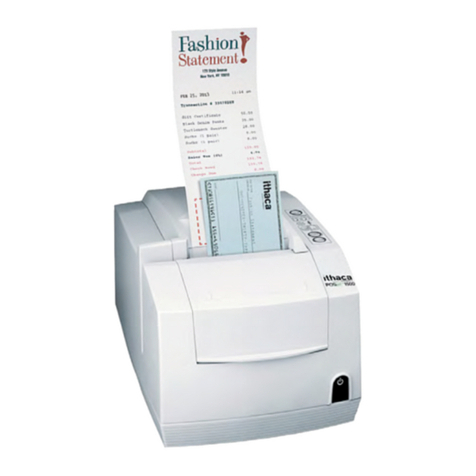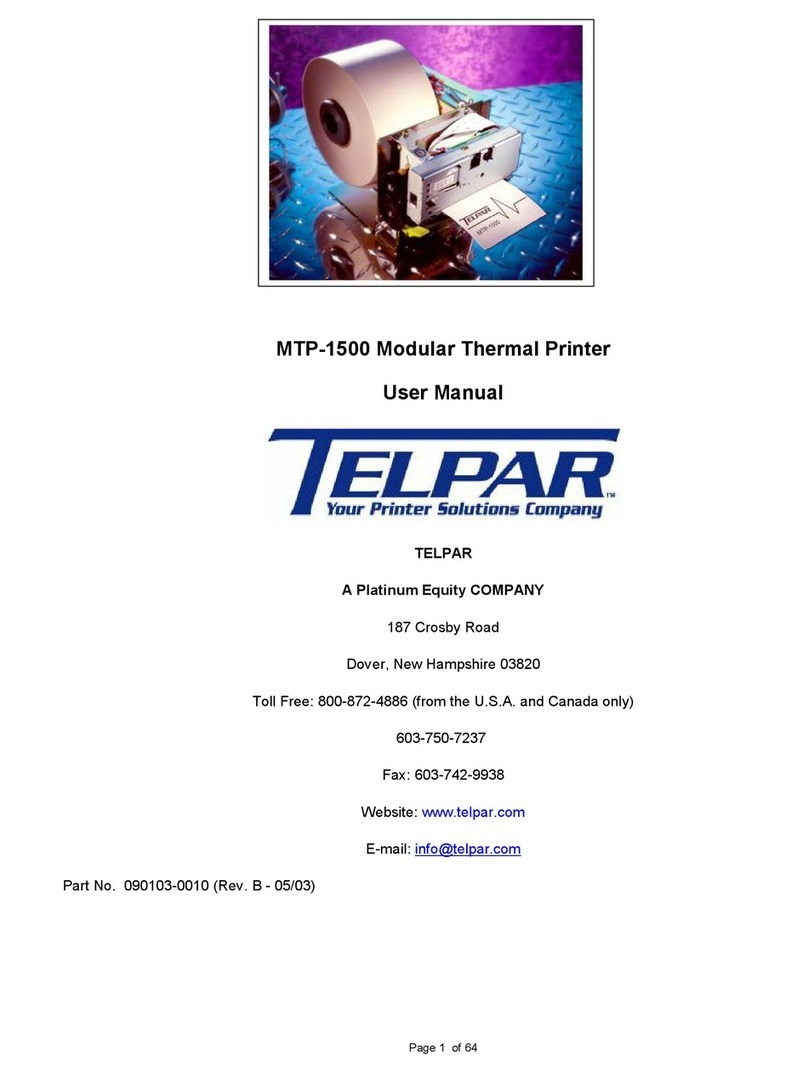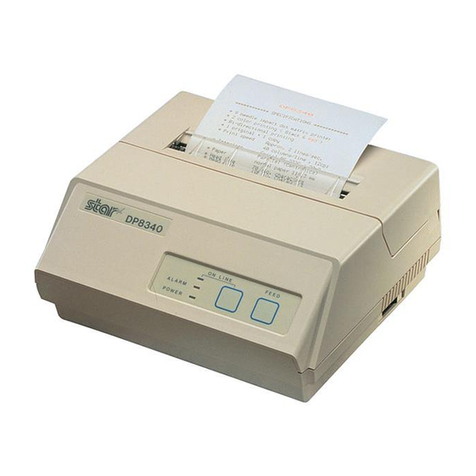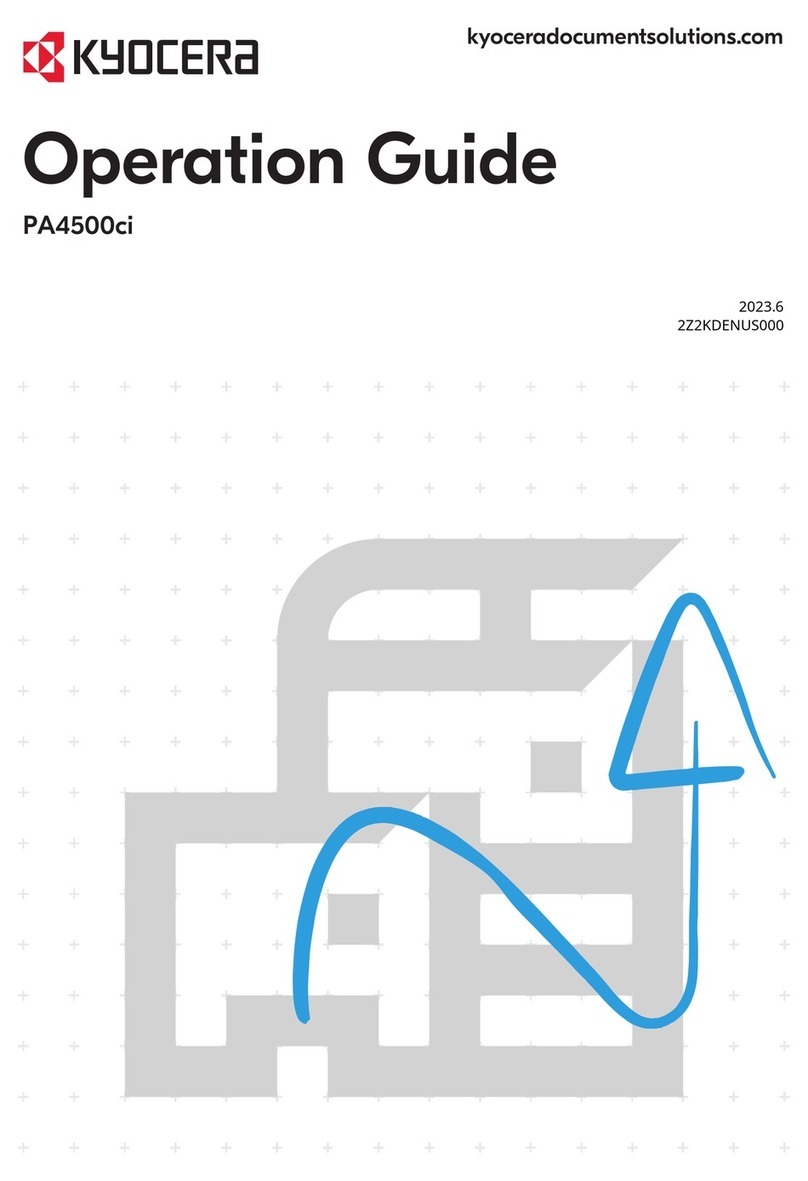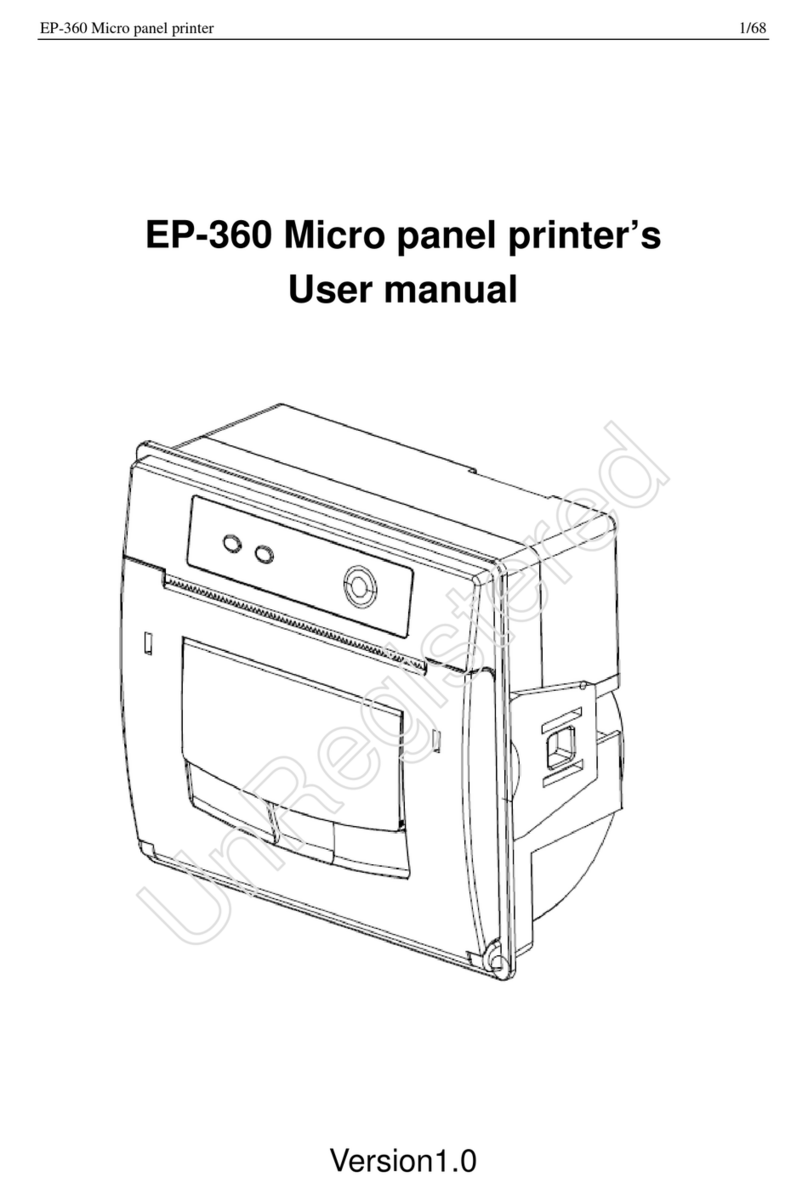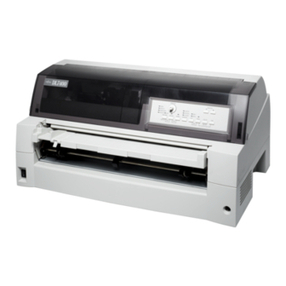
1 INTRODUCTION
1.1 General safety information
• Read and keep the instructions which follow.
• Follow all warnings and instructions indicated.
• Before cleaning the mechanism, disconnect the power supply.
• Clean the mechanism with a damp cloth. Do not use liquid or spray products.
• Do not operate the mechanism near water.
• Do not use the mechanism on unstable surfaces that might cause it to fall and be seriously damaged.
• During the integration of the printer, we strongly warn to keep an adeguate paper loop outlet underneath
the presenter, in order to allow the receipt being properly printed out.
• Only use the mechanism on hard surfaces and in environments that guarantee proper ventilation.
• Make sure the mechanism is placed in such a way as to avoid damage to its wiring.
• Use the type of electrical power supply indicated. If in doubt, contact your retailer.
• Do not introduce foreign objects of any kind into the mechanism as this could cause a short circuit or dam-
age parts that could jeopardize mechanism functioning.
• Do not spill liquids onto the mechanism.
• Do not carry out technical operations on the mechanism, with the exception of the scheduled maintenance
procedures specifically indicated in the user manual.
1.2 General features
PAPER WIDTH 58 mm +0 / -1
RESOLUTIONS 8 dot/mm (203dpi)
PRINTING SPEED up to 90 mm/sec.
SENSORS Paper end, temperature thermistor 30K
LIFE 50 Km printed paper
AUTOLOADING CAPABILITY
COMPACT LAYOUT
1.3 Print head specifications
PRINTING METHOD Thermal line dot method
EFFECTIVE PRINTING WIDTH 48 mm ±0.2 mm
HEAD CONFIGURATION (DOTS/LINE) 384
DOT PITCH 0,125 mm
PRINTING SPEED Up to 90 mm/sec
PAPER WIDTH (MM) 58 mm ±0.1 mm
PAPER ROLL MAXIMUM DIAMETER 60 mm
PAPER FEED METHOD Friction feed, 1 dot line / 2pulse, bipolar
HEAD TEMPERATURE SENSOR Thermistor
PAPER DETECTION Photo interrupter reflessive
MAXIMUM NUMBER OF DOTS ACTIVATED AT A TIME 100
DOT RESISTANCE (RAV) 176 ±4%
NUMBER OF STROBES 2
1. INTRODUCTION
User Manual MT002-1 1-1

